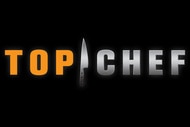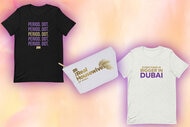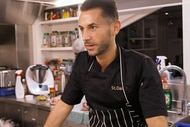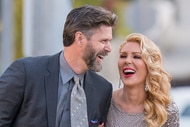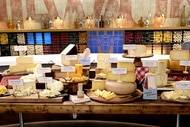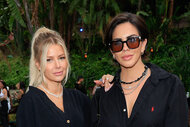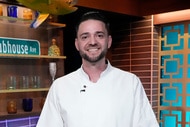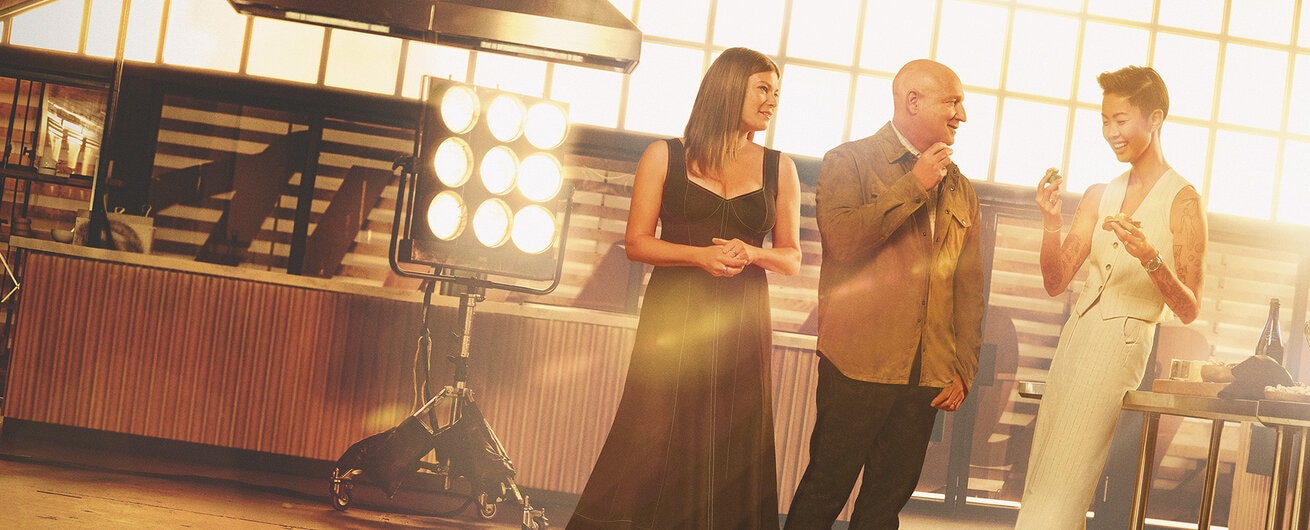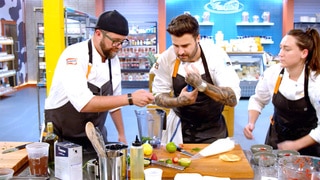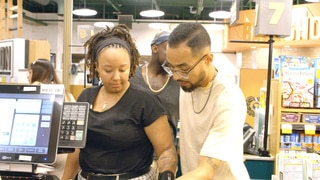
Create a free profile to get unlimited access to exclusive videos, sweepstakes, and more!
How Did Fireball Whisky Become One of the Most Popular Drinks in America?
From small Canadian company to wicked hot streak.

“If you haven't tried it yet, just imagine what it feels like to stand face-to-face with a fire-breathing dragon who just ate a whisky barrel full of spicy cinnamon.”
That’s the introduction that greets when you visit the official website of Fireball Cinnamon Whisky — the insanely popular spirit you probably couldn’t help but notice popping up left, right, and center at your local bar over the last 10 years. The Canadian-born, flavored whiskey originally debuted in the 1980s, but has enjoyed a surge in popularity over the last few years, overtaking Jameson Irish Whiskey, Patron tequila, and even Jagermeister in U.S. sales volume. But how did it happen?
In other words: How did a lower-proof spirit that tastes like licking a hot cinnamon stick become the best-selling liquor in decades?
There’s not one simple answer.
In 1984, in its earliest stages, Fireball was branded and sold as “Doctor McGillicudy’s Fireball Whisky,” and was available only in Canada until the brand was sold to the Sazerac Company in 1989. For the next 18 years, the Louisiana-based spirits company didn’t do much with it — they didn’t even get rid of the “Doctor McGillicudy” branding. But in 2007 everything changed.
A new marketing campaign and a new name and branding, “Fireball Cinnamon Whisky,” kickstarted sales of the re-vamped liquor as Sazerac pushed aggressively to take control of the spirit market. With a grassroots marketing campaign, Fireball reps visited bars in Nashville, Tennessee and Austin, Texas to give away shots and promote what was essentially flavored schnapps as a cool new go-to shot for college students and partiers in the town. Once a footprint had taken hold, the marketing moved onto other college towns to spread the cinnamon-soaked gospel.
By 2011, Fireball was selling 45,000 cases a year and racking up around $1.9 million in shelf sales. Two years later, it would top $61 million. (Neither of those numbers account for bar purchases, either.) IRI, a research group that tracks analytics, estimates that by 2014 the brand was doing more than $800 million in sales both off the shelf at liquor stores, and in the bar.
So again, why so popular? The jury is out on any single factor that can account for the massive growth. One reason could be that at only 66 proof, it’s much easier to take a shot of Fireball than of your more traditional (read: actual) whiskeys. Another could be that it's readily available... and that a cinnamon after-taste is far preferable to the aftertaste of a shot of vodka. Maybe it’s because Fireball is relatively cheap compared to other bottles of spirits. Maybe people like the little fire demon on the label. Maybe the fact that it’s popular is, in-turn, making it more popular. Or maybe it's some combination of them all: A perfect storm of availability, affordability, and likability that is more-often than not the secret recipe for any product’s long-term success.
And other brands have taken notice.
Brown-Forman Corporation, the company behind Jack Daniels, noticed Fireball’s success and released its own cinnamon-toasted liquor, Jack Daniel’s Tennessee Fire. The 66-proof cinnamon blended whiskey and it’ bright red and gold branding could be said to bear a striking resemblance to Fireball. So much so that Sazerac filed a lawsuit against Brown-Forman when they used “Fireball” as an ad word on Google, claiming that using the term for advertising infringed on Fireball’s trademark. (The parties settled the suit out of court).
But now after years of dominance, could the cinnamon-whiskey train finally be losing steam? Yes, it seems.
A 2015 Fox Business report quoted an expert who estimated that the high-water mark for cinnamon whiskey sales was likely going to hit within the next 12 to 24 months... and he appears to have been right. While there’s no doubt the incredible boom from the previous decade was unsustainable — new growth has been slowing down over the last two years — Fireball is unlikely to stop being a billion-dollar brand anytime soon.

